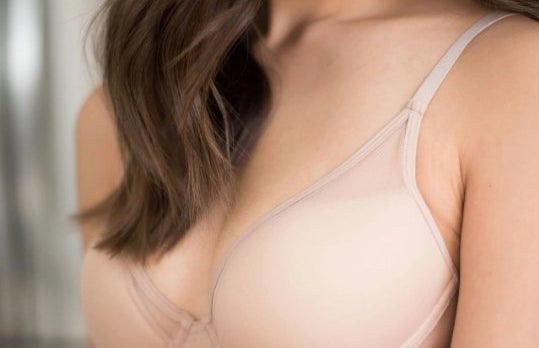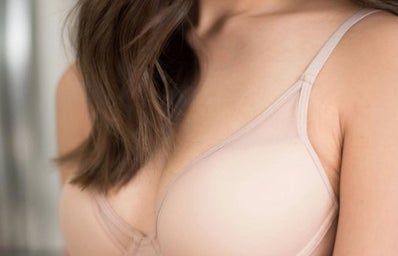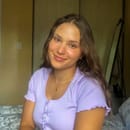When we hear about breast exams, the obvious question may be, “but aren’t I too young to have to worry about breast cancer?” The easy answer is yes, with 83% of breast cancer appearing in Canadian women over the age of 50.
However, even in our 20s, at-home assessments of our breasts can be vital to detecting any abnormalities that could escalate. While lumps in our breasts are often unserious and benign, an estimated 20% of breast cancers are identified from bringing a concern discovered from a self-assessment to a professional.
Despite the unlikelihood of a serious condition, it’s still extremely important to take such matters to a professional for a mammogram and evaluation. Self-breast exams can definitely be intimidating, especially if you’re unsure of what to look for or afraid of what you might find, but let this be your guide to figure it out along the way.
What to look for
Since breasts are naturally very textured on the inside, it can be tricky to know exactly what to feel around for. Breasts are full of tissue but a lump is a distinct hardened, firm and round growth of tissue. In addition to how they feel, pay attention to any other irregularities on the surface of your breasts, such as discharge, bruising or differences in shape.
Three things you need: hands, eyes and a mirror.
Self-breast exams must be done with your body in more than one position in order to account for the different ways your breasts sit. A lump may not be found lying down, but it may be detected when sitting up and vice versa.
Step 1: Stand in front of the mirror with your arms by your side and look for any irregularities such as differences in shape, size and colour. Check for any fluid that may be leaking from the nipples such as discharge or blood.
Step 2: Raise your arms above your head and repeat Step 1.
Step 3: Lie down and feel your left breast with your right hand and right breast with your left hand. Move along your breast with your finger tips from bottom to top and side to side with slow, small and circular motions. Be sure to go all the way to your collarbone, top of your abdomen and armpit.
Step 4: Repeat Step 3 standing or sitting up.
How often?
Breastcancer.org recommends that this should be a monthly routine. While it can seem excessive, your hormones (and therefore your breasts) will change month to month, especially along with your cycle, so it’s important to check up on any of these changes.
Found something, now what?
While it is easier said than done, try not to panic. Breast lumps can be many benign things such as cysts or fibroadenoma, which are common in your 20s and 30s. If you have any concerns about a change in your breasts, reach out to a doctor right away to get a professional assessment.
Since yearly mammograms are not recommended for women under 50, a self-breast examination is a simple but vital way to make sure there aren’t any bumps along the road.


